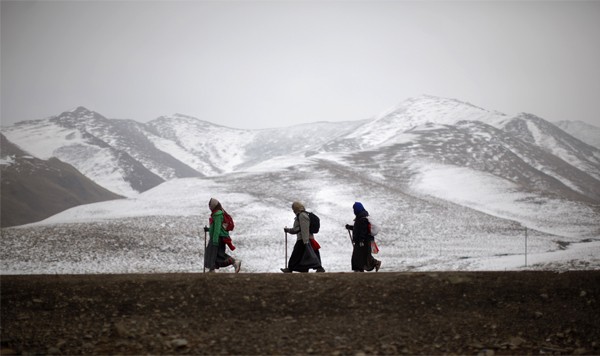There is an indication that humans likely settled at high altitudes, a study revealed, after researchers discovered that people moved to the Tibetan highlands 3,600 years ago.
A study published by the United States journal "Science" said that the Tibetan plateau, which is also known as "the roof of the world," was inhabited by people where they settled as high as 3,400 meters and grew altitude-resistant crops and raised livestock.
Researchers from China, Britain and the United States claimed that these people survived on transplants like broomcorn and foxtail millet from China and imported wheat and barley from the "Fertile Crescent" in the Middle East.
Animal bones and teeth and plant deposits were taken by scientists for further analysis.
Researcher Martin Jones of Cambridge University's Department of Archaeology in Britain said that humans back then must have faced challenging conditions in surviving at high altitudes and poses more interesting questions on how these people adapted to that kind of environment.
About 20,000 years ago, periodic human presence was already detected. Semi-permanent settlers, on the other hand, came 5,200 years ago. It was said that early humans go to the plateau to hunt for animals then later on found out that crops are possible to grow there to help them survive.
Researchers studied the remnants of pigs, cattle, and sheep as well as the plants in 53 sites within 800 miles of the northern Tibetan Plateau. However, they are still lacking information about settlement patterns because of limited archaeological data.





















